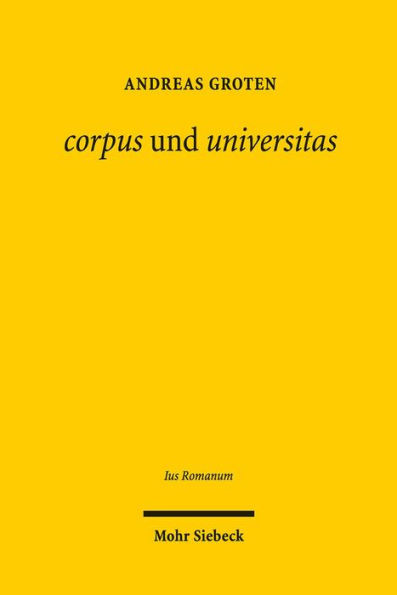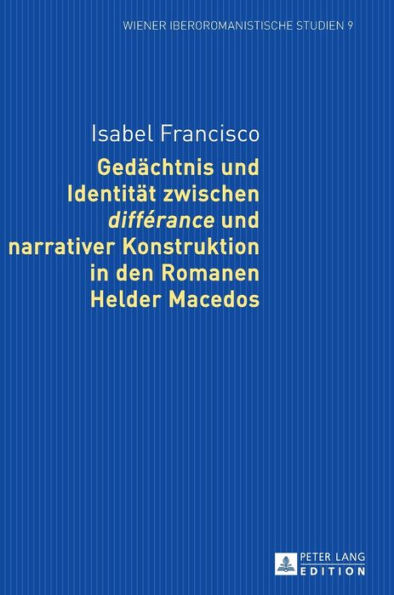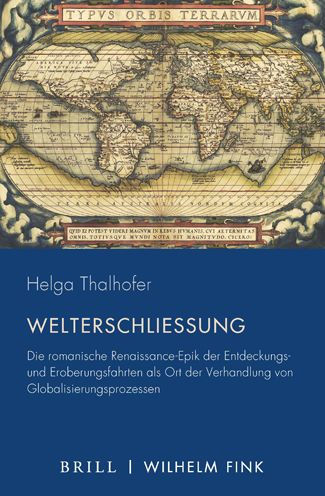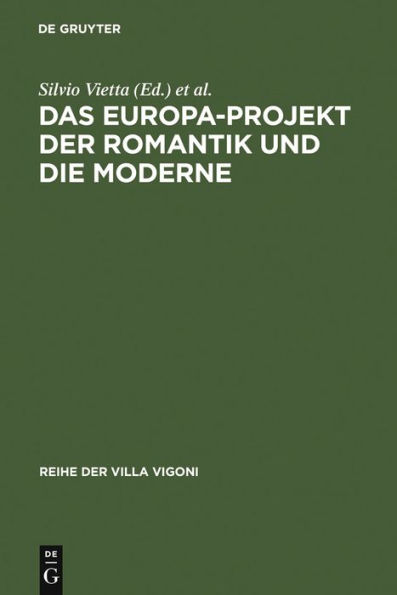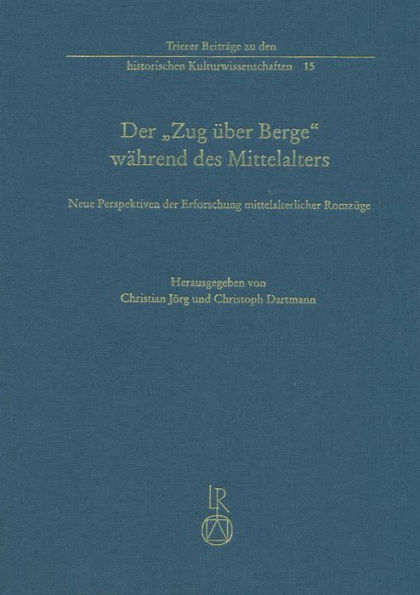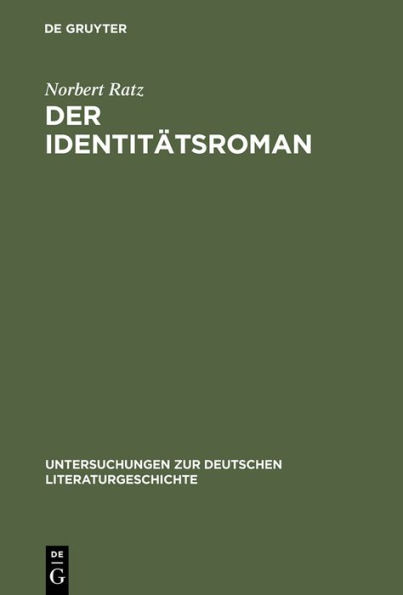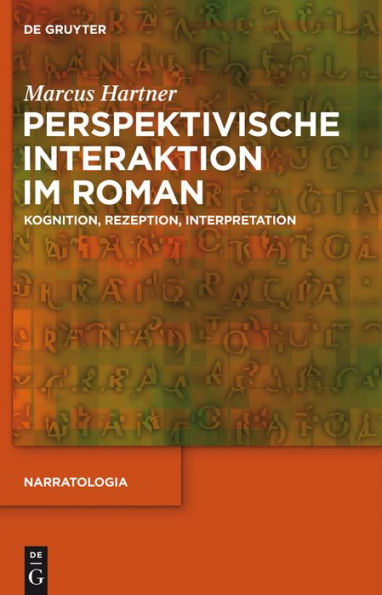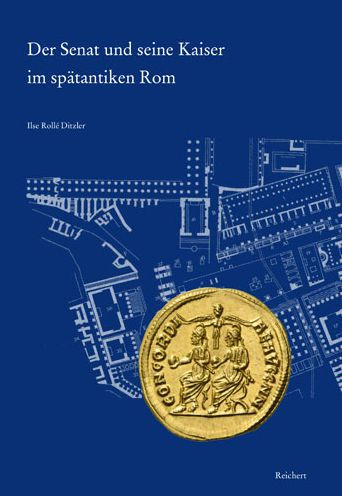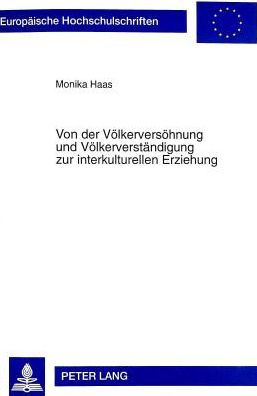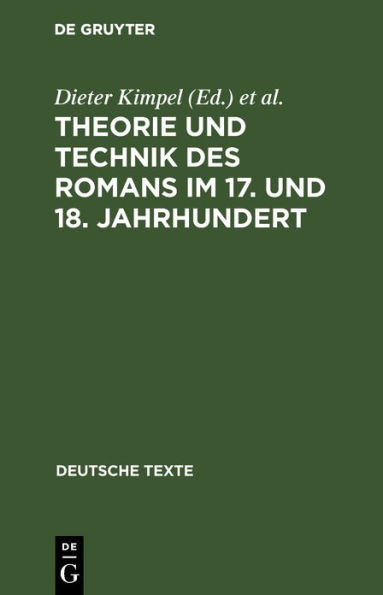
Home
Vom punischen zum romischen Karthago: Konfliktreflexionen und die Konstruktion romischer Identitat
Barnes and Noble
Vom punischen zum romischen Karthago: Konfliktreflexionen und die Konstruktion romischer Identitat
Current price: $92.00
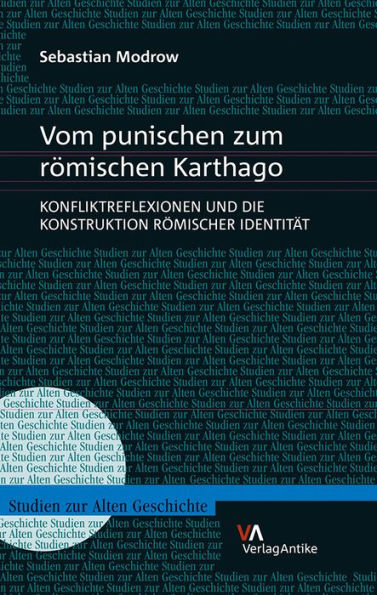

Barnes and Noble
Vom punischen zum romischen Karthago: Konfliktreflexionen und die Konstruktion romischer Identitat
Current price: $92.00
Loading Inventory...
Size: OS
Loading Inventory...
English summary: In his "Aeneid," Vergil established the historic antagonism between Rome and Carthage in the episode of Aeneas and Dido, but how old was this idea in reality? As opposed to the traditional narratives of older scholarship, which date this antagonism quite early, this study shows that the idea of a special rivalry between Rome and Carthage can only be dated to the second century BCE. The essential case studies suggest that the internal political struggles among the Roman elite shaped the image of Carthage retroactively. The final destruction of the city of Carthage had contingent causes and cannot not be seen as the direct and necessary consequence of the earlier war with Hannibal and explained as part of a transgenerational "Punic trauma." Rather, the destruction of the city makes the most sense in terms of Rome's foreign policy in its own time. The most complex and idiosyncratic source of the Roman image of Carthage was developed by Gaius Gracchus and the debate over building a new, Roman, Carthage. This study emphasizes the historical and contextualized (re-)interpretation of the changing understanding of the Punic metropolis as part of a comprehensive process of self-identification for the Romans, a process that was only complete in the early days of the Roman Empire. German description: Mit der Idee einer Erzfeindschaft zwischen Rom und Karthago seit urvordenklicher Zeit hat sich Vergil in der Aeneas-Dido-Episode seiner "Aeneis" wortgewaltig auseinandergesetzt. Aber wie alt ist diese Idee tatsachlich? Gegen die Neigung der alteren Forschung, sie fruh zu datieren, wird in der hier vorgelegten Studie gezeigt, dass die Vorstellung einer besonderen Rivalitat tatsachlich erst ab dem spaten 2. Jahrhundert v.Chr. wirksam wurde. Grundliche Einzeluntersuchungen konturieren die innernobilitaren Positionskampfe entlang des Karthagobildes. Die schliealiche Vernichtung der Stadt hatte kontingente Ursachen und kann nicht als direkte Nachwirkung eines im Hannibalkrieg erwor benen, generationenubergreifend tradierten Puniertraumas erklart werden, sondern ist im Kontext der romischen Auaenpolitik jener Zeit zu sehen. Die hochst komplexe Genese und Eigenart des romischen Karthagerbildes pragte seit Gaius Gracchus auch die Debatte um ein neues, romisches Karthago. Insgesamt waren die in dieser Studie historisierten und kontextualisierten (Um-)Deutungen des wechselvollen Verhaltnisses zur punischen Metropole Teil eines allumfassenden romischen Selbstdefinitionsprozesses, der erst in der fruhen Kaiserzeit abgeschlossen war.

